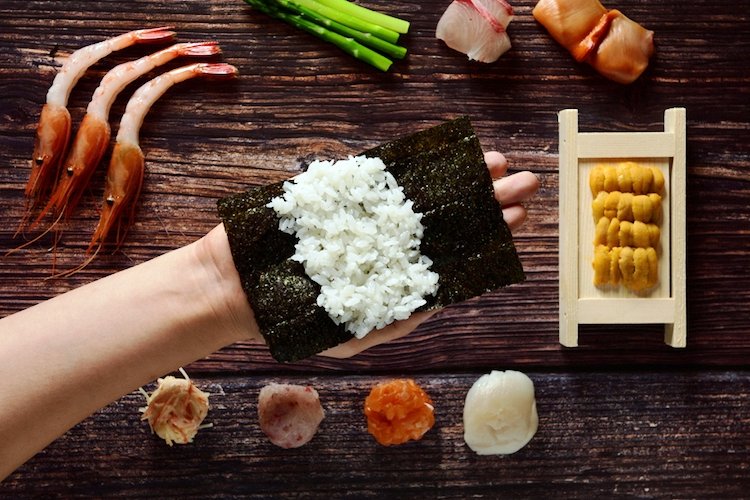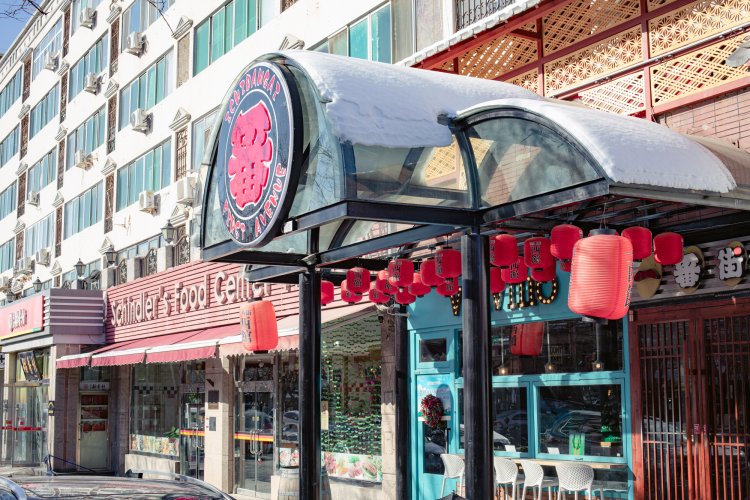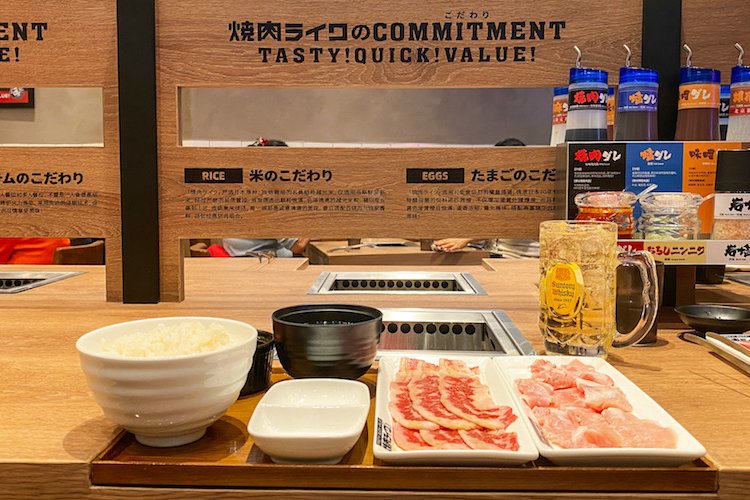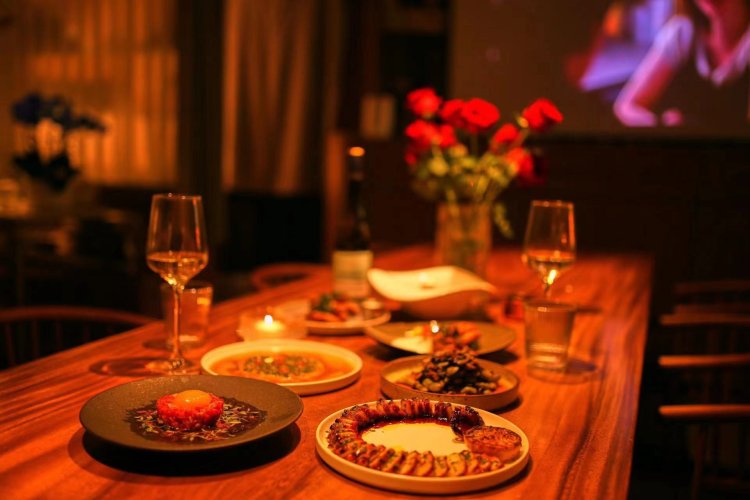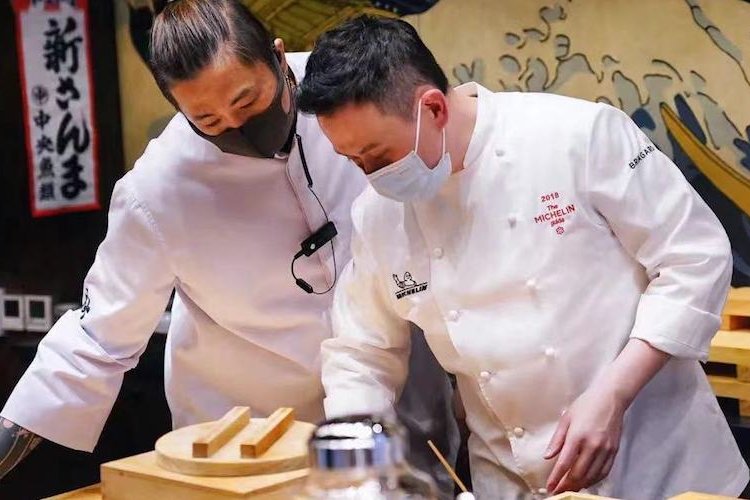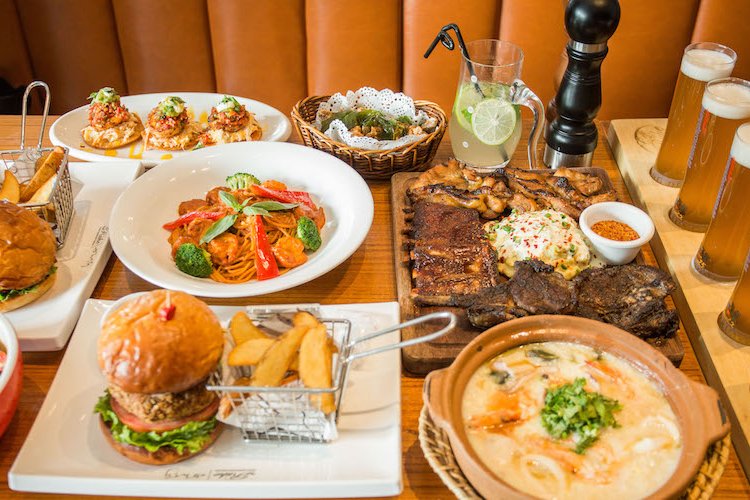Hygiene High on the Agenda at Hatsune: In Conversation With Executive Chef Bruce Yan
With the mercury rising and blue sky days ever more frequent, most people’s appetites will be turning away from hearty winter dishes such as soups and stews to lighter, healthier options. Dishes like sushi and sashimi make Japanese food a great fit for this season but for some, rising temperatures naturally raise questions about the safety of eating raw dishes in hot weather.

Questions like these are major concerns for Hatsune Group Executive Head Chef Bruce Yan. As he explains it: “Sushi is usually the first thing that comes to mind when people think of Japanese food, so no matter what other dishes you serve, if the fish you use for your sushi isn’t fresh or if it isn’t cut properly, people will have a bad impression of the restaurant as a whole.” Chef Yan believes that his strict requirements for selecting fresh produce are one of Hatsune's biggest selling points and what helps the restaurant group keep on expanding after nearly 17 years in business.
“Japanese cuisine emphasizes freshness, so rather than sourcing all of our products in one place for convenience, we look in different places for whatever is freshest. Our fish and other raw ingredients come from all over the world, including, salmon from Norway, oysters and prawns from Australia, beef from New Zealand, and others from Canada, Iceland, and Southeast Asia,” Chef Yan says. “The process of choosing our suppliers is very lengthy. I have to identify where they source their live produce, find out how big their operation is, make sure that their products are clearly labeled with the right certification and use-by dates, check what shipping service they use to make sure that the produce is maintained at a safe temperature during the shipping process, the list goes on. Basically, I have to teach them how to find the products that I want.” At this point, Chef Yan laughs: “Our suppliers always say to me, ‘you know, I never have to go through all this trouble with other restaurants, they just accept my products and that’s that!’ But this is not something that I will ever compromise on.”
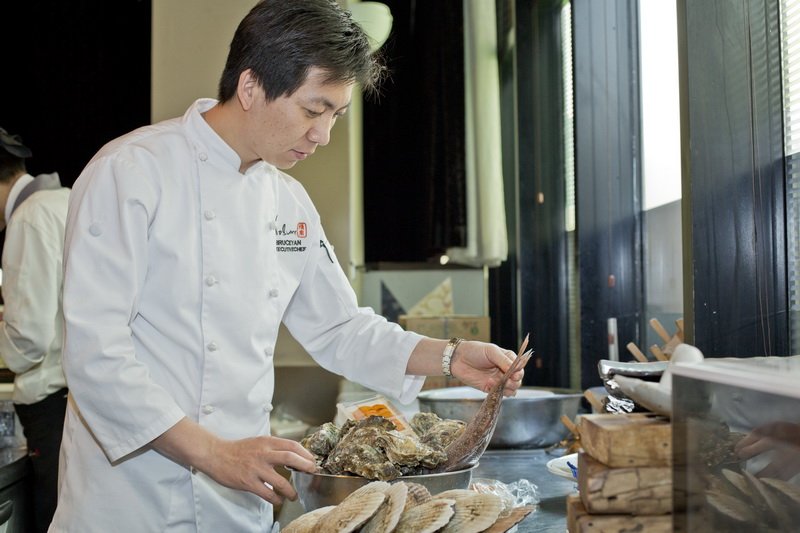
Of course, selecting the freshest produce is only half the battle when it comes to food safety; you have to treat the produce with respect and maintain strict hygiene standards throughout the preparation process. This is something that was instilled in Chef Yan by his very first Japanese instructors. By the time he started studying Japanese cuisine, Chef Yan had already been a cook for many years but he found that the Japanese kitchen was a whole different experience: “In the beginning, we would have to go over the same process or technique many, many times and the Japanese instructor would give me a slap on the hand if I made a mistake. I would ask myself, ‘why am I doing this? When I was cooking Chinese food no-one ever hit me!’ But now I know that they were teaching me to accept and learn from my mistakes, and building discipline and dedication.”
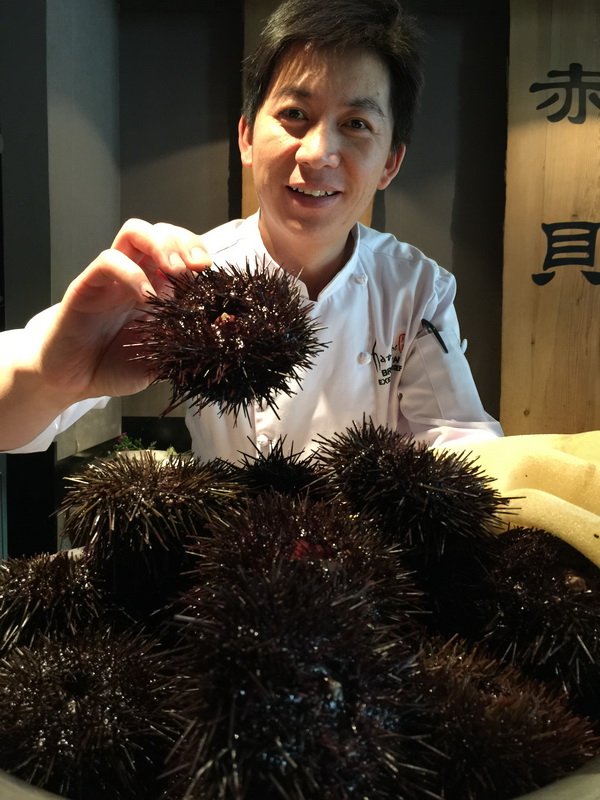
In Chef Yan’s kitchen, the training process starts with a chef’s personal hygiene and appearance. “Only when a chef respects themselves, can they respect the ingredients,” he says. The next stage of the process is the longest and most important: basic hygiene standards. The trainees are taught how to keep their preparation area tidy, how to properly clean down and disinfect their area, how to manage their chopping boards so that they don’t mix up the boards used for raw and cooked ingredients, and even how to wash their hands properly. The Hatsune kitchen also emphasizes proper stockroom and refrigerator management, so it is clear which ingredients need to be used first. If the chefs spot any irregularities with the ingredients when they go to prep, then they discard them immediately. “In Japan, trainee sushi chefs have to spend at least three years learning how to cook rice perfectly every time before they even get to touch the fish itself. I apply a similar concept to instruction in hygiene standards,” Chef Yan explains.
“People say that you have two teachers in life: your parents and your actual school teachers. When new chefs enter the kitchen at Hatsune, I like to think of myself as a third teacher. I try to impart something more than just culinary knowledge – I try and teach them how to be good, responsible people. This naturally affects their attitude towards the food.” You can tell he means it when he says: “I’m very proud of the fact that many of the chefs I have trained have stayed with Hatsune for more than 10 years.”
So next time you order a sashimi platter at Hatsune, enjoy it safe in the knowledge that you are eating the very best quality fish prepared to the very highest standards.

This post is sponsored by Hatsune.
Photos: Uni You


